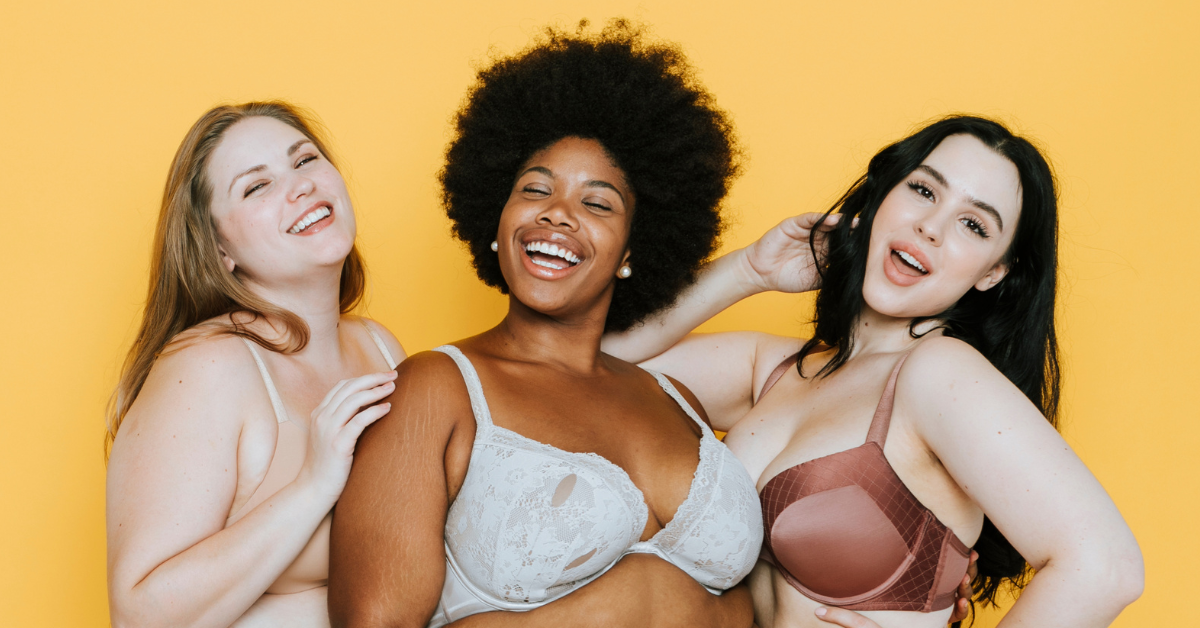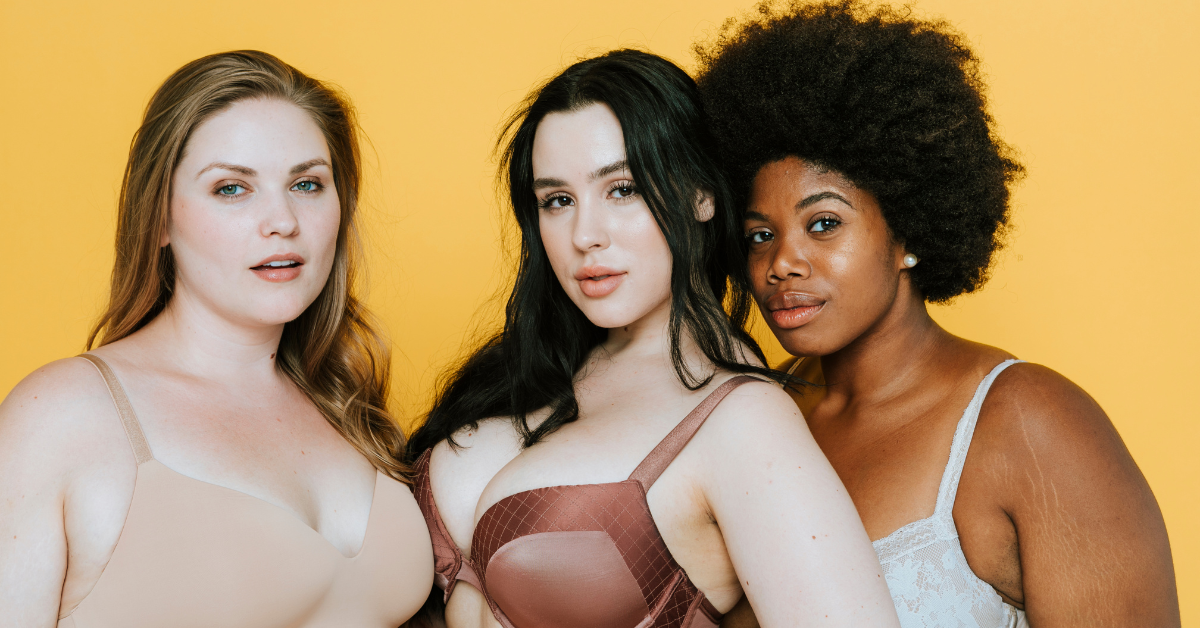Discover Proudly Amplifies Diverse Voices
Growing up, terms like “big-boned,” “chubby,” “plump,” and “heavyset” ran rampant within the communities and homes we lived in. If rude aunties weren’t emphasizing the size of our frames at family functions, neighborhood bullies threw around the socially controversial word “fat” to hurt our feelings. However, as terms like “thick” and “curvy” gained popularity, some of us were left to question: Am I plus size?
It is interesting to note that “Plus Size” is a term that originated in the early 1900s, was birthed by Lane Bryant. At its inception, the term was “Misses Plus Sizes.” As the category evolved, so did the term.
In the early 2000s, there was a peak in the phrase “plus size” when the fashion world attempted to include clothing for women of larger body types. Due to insincere diversity missions, brands began to use models with waists that only extended a few centimeters over the industry’s “norm” to represent the plus size standard. Within the blink of an eye, people with slightly broad shoulders or size 10 were pushed forward as plus representations.
However, on the fashion front, more work still lies ahead. Over the years, the industry has evolved from constantly displaying small thigh gaps to a realistic array of pudgy stomachs and wide hips. Unfortunately, many still find themselves perusing the size charts of online boutiques for hours — wishing, wondering, and waiting for someone whose shape resembles theirs to leave an authentic review. Today, that problem remains when adding an extra 2-3X to the end of the item tag.

What Classifies You as Plus Size?
According to the Cambridge Dictionary, “plus size” is used to “describe someone who is larger than average in size.” Interestingly, the term holds different meanings around the globe.
In this day and age, being plus size isn’t as subjective as it once was. The effects of living life as a plus size woman are validated through the experiences we come up against daily. From shopping difficulties to social discrimination, even those who are mid-size have experiences vastly different from those who are plus size.
To some, a size as small as 8 to 10 could be considered the starting point of plus size, while others stress 12 to 14. Nowadays, companies promote a size 14/16 as the beginning level of plus size. However, the language around this subject grows even murkier as we add in the shape of one’s body with their size. However you classify your size, there still lies the challenge or push back against the “societally acceptable” version of larger women shaped like Coke bottles.
Navigating This World as a Plus Size Person Shouldn’t Have to Be Hard
Here is one thing to note… Plus Size is only a category or classification, NOT a precursor or definition of your worth, value or beauty. But… while sizing does play a huge factor in determining where your categorization may fall, the everyday nuances of maneuvering in society as a bigger person are telling enough.
It’s in the looks of discomfort as we stride through the department stores, taking up space on aisles that aren’t even wide enough, to begin with. It’s in the comedic drawl when we ask for another chair or garment to (better) accommodate our shapes because we “shouldn’t have let ourselves gotten like this anyway.”
It’s even in the charts of the physicians who hurt us more than help us by writing every ailment off as a result of “being overweight.” An overactive thyroid, polycystic ovary syndrome, or even diagnosed mental issues that have developed a deep-rooted trauma bond with food are all real-life obstacles that we often face.

So, the next time we’re frowned upon (or even laughed at) after begging the world to save a seat for us or add an extra stitch to a dress or inch to a bra strap, maybe these individuals should think of all the women suffering in silence from medically induced obesity who’ve only ever wanted was someplace to fit.
Fatphobia is real, and pear shapes (smaller top, bigger bottom) shouldn’t be where inclusivity stops.
Despite the hardships and technicalities regarding one’s weight, we, as plus size women, can (most definitely) wear what we want and wear it well. However, the agony comes with the fight we have to put up to have flattering and attractive pieces to choose from. Such roadblocks often lead to hits to our self-esteem, allowing our insecurities and some of these companies’ failure to expand (and lack of compassion) to make us feel as if we simply just don’t belong.
Or… as if there’s something we need to change to meet their standard and exist comfortably. All along, it’s the world that needs to adjust — not us — and realize that one-size-fits-all doesn’t work for… all. Our desire to add something other than floral fabrics to our wardrobes shouldn’t be an inconvenience but a courtesy. Hiring someone who looks like us and understands the style necessities for us may be an extra bill for their bank account, but it will inflict a much-needed, decades-long change in plus size fashion.
All that aside, if you’re wondering, Am I plus size? Your answer lies in the relief you feel when you don’t have to walk into a retailer and be bombarded with disappointment at the little to no selections available. Your answer lies within the exhale you can take when you encounter someone who remembers that you’re just as much of a human as they are; regardless of the width of your waist, marks stretched across your body, or the amount of Xs behind your clothing size.
Are you still asking yourself Am I plus size? after reading this? Let us know in the comments below!
The author’s content and opinions have not been pre-reviewed, approved or endorsed by Discover.
